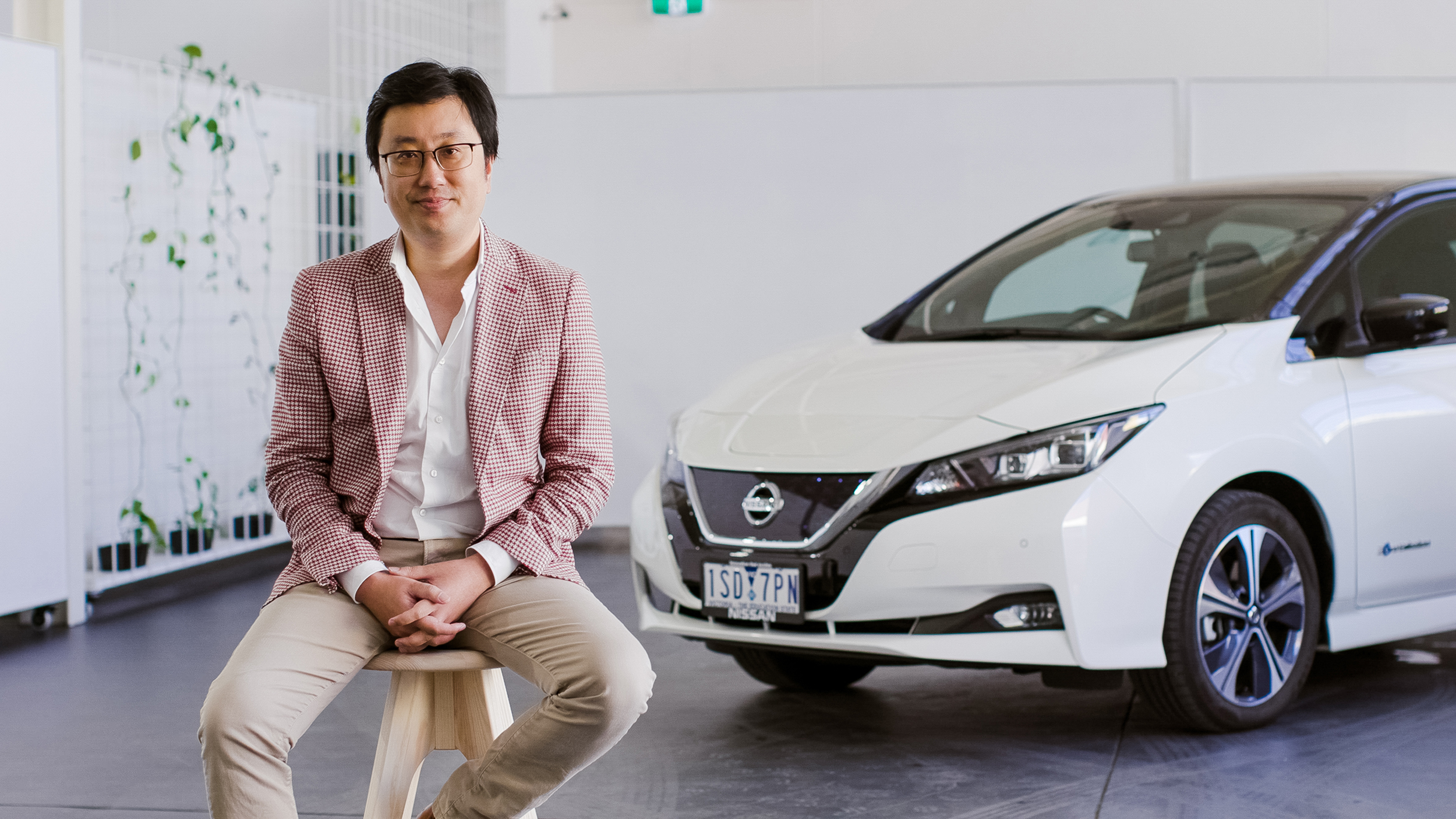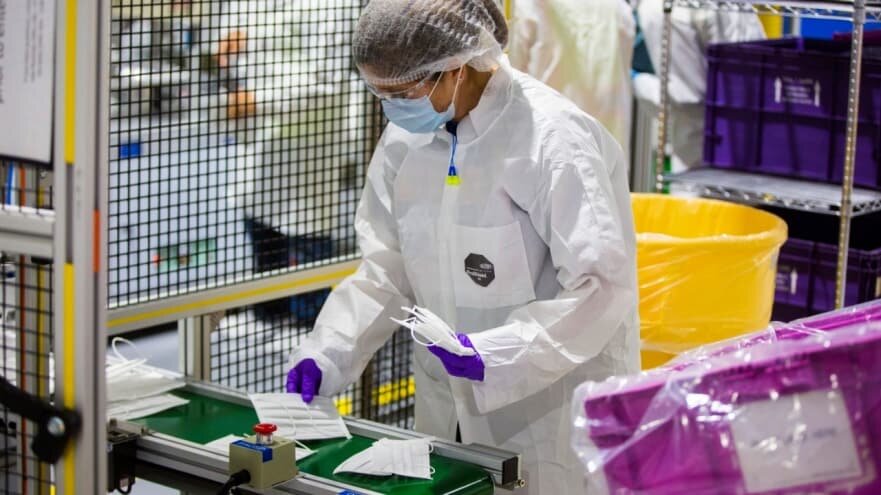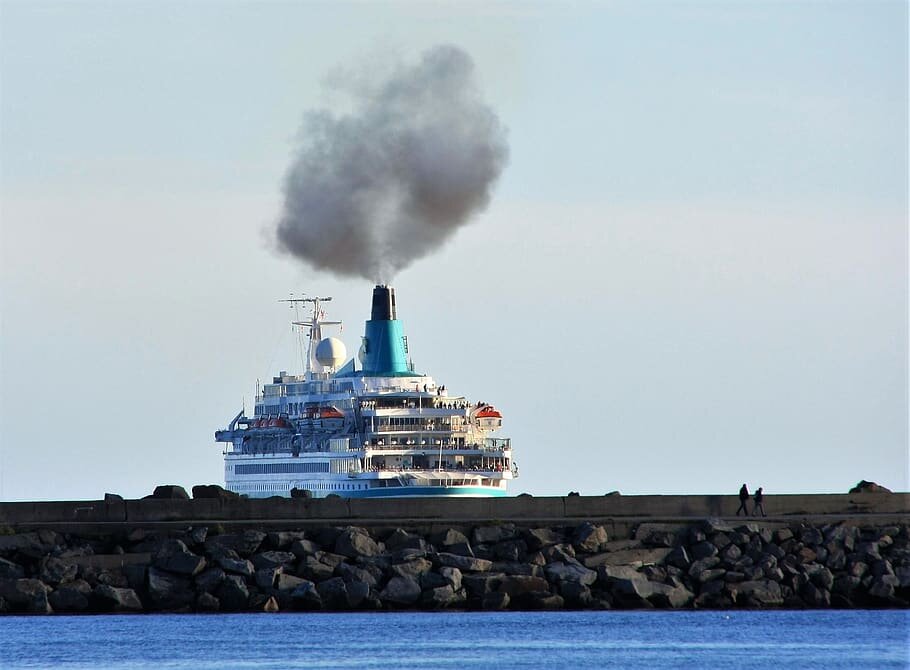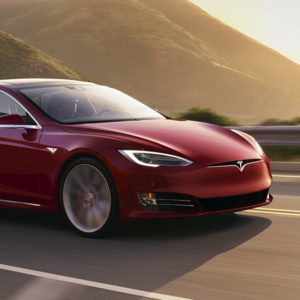Category: JET Charge blog

Announcement – JET Charge series B funding round

Will the Nissan Ariya make 610 kms?
The newly unveiled Ariya crossover EV is set to make a significant splash if Nissan’s 610 km range estimate holds up. But will it? We discuss the way this number was calculated, why it’s not the same as other WLTP estimates, and whether that matters for Nissan’s next big EV.

Cycling towards a zero-emission, low noise CBD
Electric cars aren’t the only zero-emission, low noise answer to personal transport. COVID lockdowns have brought cycle paths back to the forefront of the movement to de-pollute and de-congest Australian cities.

What electrification means for motorcycle design
No engine. No gears. No oil. No chain? Electric tech is bringing fresh ideas to motorcycle design, but can an all-electric aesthetic breathe new life into a struggling segment?

Is buying cars from home normal now?
As customers around the world find themselves locked down, automakers have scrambled for ways to keep their cars selling and many have arrived at online sales as the obvious solution. Vehicles are being marketed, customized, sold, and even test driven from behind a screen. If car buyers don’t specifically need to visit a dealer, will they still do so?

Cautious return to production at auto plants worldwide
Many major auto manufacturers are resuming production in their factories worldwide. This could be a promising sign of a return to business as usual or a worrying push too soon.

Cruises pollute because it’s cheaper; so is electricity
The cruise industry is on its knees after a slew of (justified) criticism for its role in spreading the coronavirus. But even when COVID is over, these pollution-spewing behemoths will have more to answer for.

Why you can’t trust EV price comparisons
Want to compare the price of EVs around the world? You can try, but don’t expect it to be fair or accurate.

It’s not coronavirus, petrol prices were always unreliable
Oil goes up, oil goes down, electricity remains the same. Since oil prices crashed last month, there have been wild fluctuations at Australian bowsers. An unpredictable system has been exposed and the solution isn’t hard to find.



